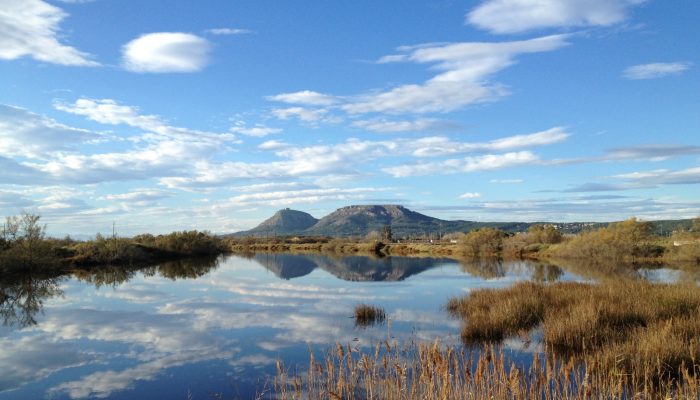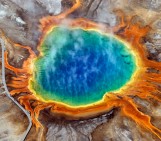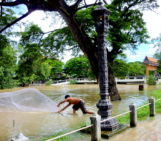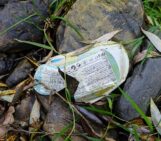
Groundwater is an often underestimated natural resource, but it is vital to the functioning of both natural and urban environments. Indeed, it is a large source of drinking water for communities world-wide, as well as being heavily used for irrigation of crops and crucial for many industrial processes. The water locked in the pores and cracks within the Earth’s soils and rocks, also plays an important role in the recharge of water in lakes, rivers and wetlands, as Anna Menció explains in today’s Imaggeo On Monday’s post.
The Pletera salt marsh area (NE Spain) is located in the north of the mouth of the Ter River, in a region mainly dominated by agriculture and tourism activities. Some of the coastal lagoons and wetlands in this area have been affected by the incomplete construction of an urban development. These wetlands and lagoons are the focus of a Life+ project, which aims to restore this protected area, and to recover its ecological functionality.
The Pletera coastal lagoons are periodically flooded by both, freshwater from streams and seawater, during storm events. However, the surface water inputs alone are insufficient to maintain them as permanent lagoons.
This picture is of Fra Ramon lagoon, one of the natural lagoons in the area. The preliminary results of a recent study showed that the recharge of Fra Ramon is dependent on groundwater inputs. In most of the sampling campaigns, freshwater from the aquifer may account for >50% of the lagoon water.
The ecological quality of these lagoons is also affected by nitrogen inputs, mainly produced during flooding events. Although in this area nitrate pollution is also detected in groundwater, with concentrations up to 100 mg NO3–/L, natural attenuation processes in the aquifer occur. Effects of these processes are particularly detected close to the lagoons area, where low nitrate concentrations in groundwater are observed, with values below the detection limit. Considering that groundwater may present lower nitrogen concentrations than surface inputs observed during flooding events, these results reinforce the importance of groundwater dynamics in these systems, not only to maintain the permanent lagoons during dry periods, but also to preserve their quality.
By Anna Menció, researcher at the Department of Environmental Sciences of the University of Girona.
Acknowledgments: the study of the Pletera coastal lagoons is founded by LIFE 13 NAT/ES/001001, MINECO CGL-2014-57215-C4-2R, and UdG MPCUdG2016/061 projects.
Imaggeo is the EGU’s online open access geosciences image repository. All geoscientists (and others) can submit their photographs and videos to this repository and, since it is open access, these images can be used for free by scientists for their presentations or publications, by educators and the general public, and some images can even be used freely for commercial purposes. Photographers also retain full rights of use, as Imaggeo images are licensed and distributed by the EGU under a Creative Commons licence. Submit your photos at http://imaggeo.egu.eu/upload/.



